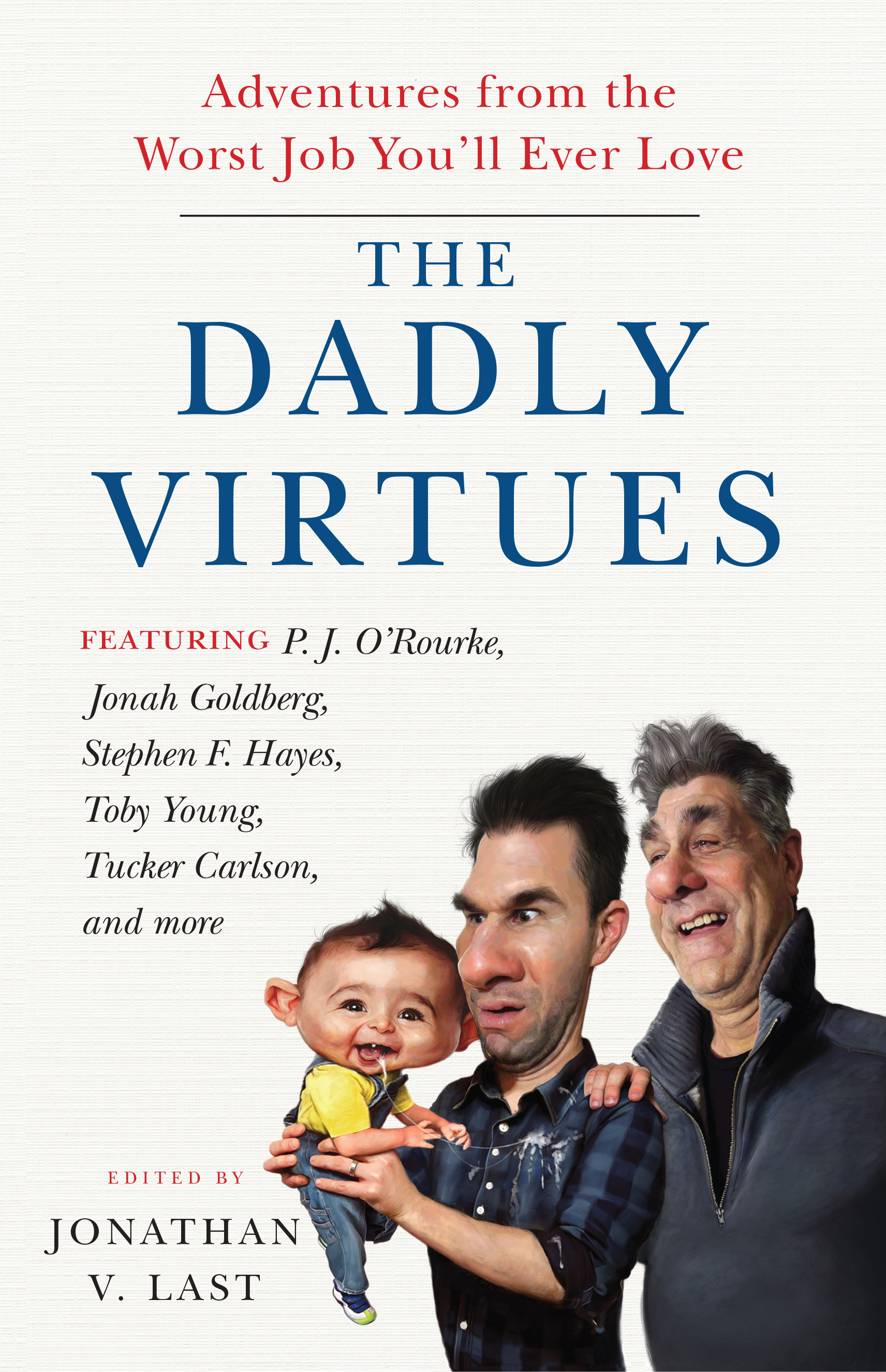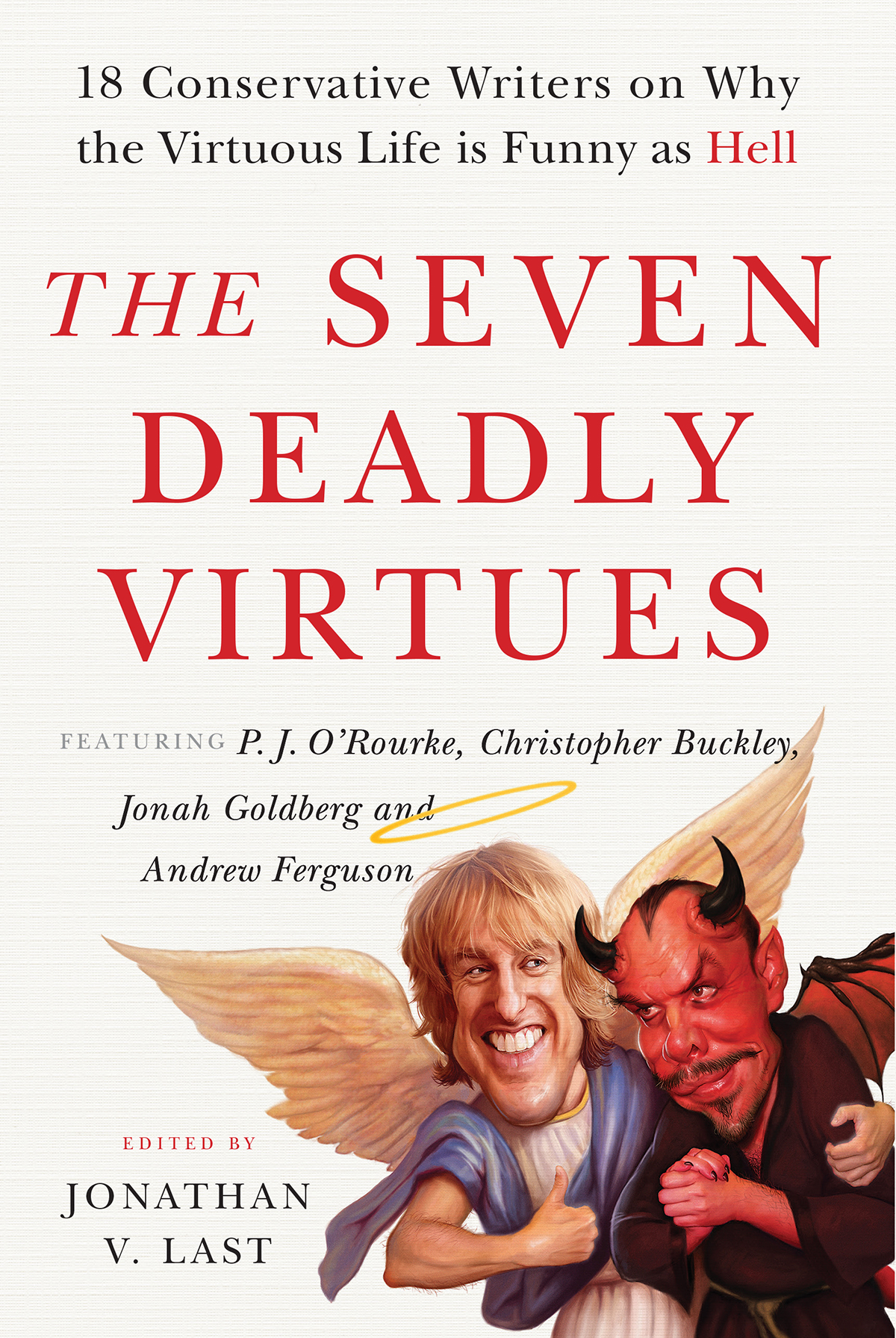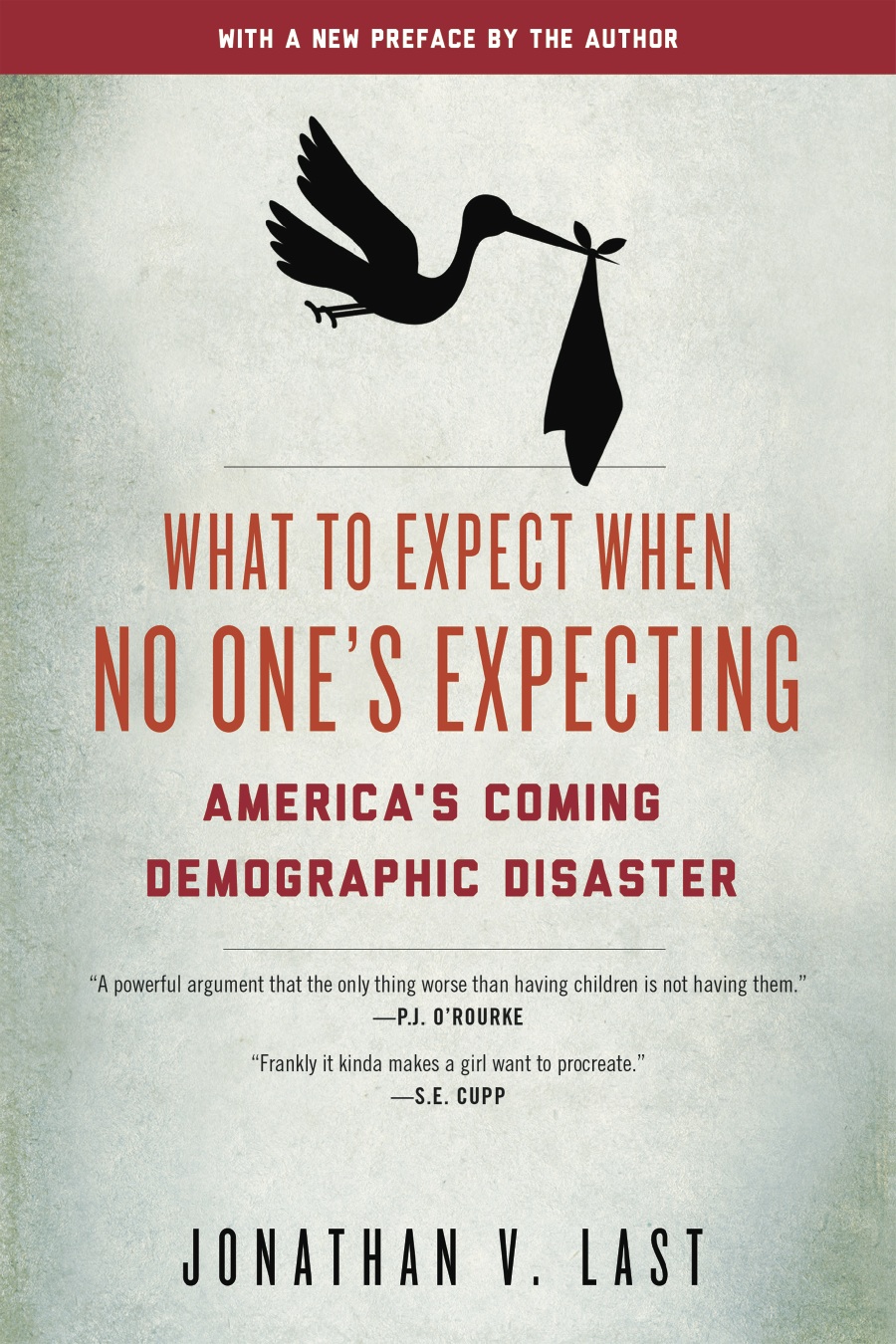December 21st, 2012
Saw The Hobbit last night with Galley Friend A.K. on a full-boat screen: IMAX, 3D, high-frame-rate. Assorted, non-spoiler, thoughts below:
* I didn’t experience any of the headaches or assorted unpleasantness that some people reported from the HFR. Nor did I find it particularly objectionable in the pan-and-scan, South American soap-opera, sense. There were a handful of scenes where the HFR created ghastly images, and the worst was the scene of the marketplace in the introduction. That rang so false, and looked so awful, that I’m surprised Peter Jackson kept it in. If I were him, I would have cut it just on the grounds of trying not to prejudice viewers against the new experience early on.
* It seemed to me that the HFR worked best on medium and long shots where the camera was either locked down or moving slowly. It produced the worst-looking results in tight shots with sudden movement. Such as when Bilbo is framed closely in Bag End and reaching quickly for dishes and whatnot. That’s when the HD camera soap opera effect was at its worst.
* The 3D was so unobtrusive that my eyes forgot it was there after just a few moments. About half-way in I had to remind myself that I was watching a 3D movie. Perhaps using 3D as a background effect will become the equivalent of using CGI not to create spectacle, but to make special effects seem not special, as it was during the golden age of CGI in the late 1990s, circa Titanic. I don’t think I’d mind that at all.
* For me, the technical high-point of the movie was the shot where the company makes its way across the bridge into Rivendell. The characters are shot in the medium-distance, with the camera panning very slowly around them. The environment is captured both cinematically and with great immediacy. For a moment, it really does feel as though you are standing in Rivendell–in the best sense. At that moment, I could see the allure of the 3D-HFR technology, and why Jackson and others would be attracted to it. No other shots in The Hobbit achieved that level of brilliance, but several came close.
* Overall, I would definitely agree that 3D-HFR lends the theatrical experience a level of “immediacy” that conventional film-making lacks. As an audience member, I felt more like I was present in the proceedings, rather than observing them at some narrative remove. I’m not sure whether, or how much, this is helpful to the storytelling.
* The tradeoff, at least to my mind, was that the immediacy of the experience took away some of the dramatic weight that the conventional cinematic experience commands. I felt more like I was there watching The Hobbit. But the dramatic tension, which has traditionally been the backbone of the moviegoing experience, was sapped.
Now maybe that’s a function of me being new to the medium. Maybe it’s a function of the particular narrative and dramatic problems with The Hobbit. But maybe not.
* Is The Hobbit any good? I think so. It’s lesser Peter Jackson and lesser Middle Earth. But it’s still Peter Jackson on Middle Earth, and that’s not nothing. Some parts of it were wonderful. For example, the execution with Galadriel is stunning, from the way she’s depicted–her movements and speech–to how her presence impacts the characters around her. I very much liked the way Jackson portrayed the power of the Voice of Saruman without ever telling us, “Look! Saruman’s very voice has the power to persuade those around him!” Smaug looks amazing.
Other parts were less wonderful. I like comic relief, and think it’s necessary. But the dwarves are played for laughs too often. So much so, that it takes away from the sense of their quiet suffering at being refugees. Martin Freeman’s Bilbo, I’m afraid, is very uneven. Pitch-perfect at times; annoyingly out of sync at others.
* I’m waiting for someone on the left to make the case that Jackson’s Hobbit can be read as an allegory about Palestinian statehood, with Thorin and the dwarves as the Palestinians violently turned out from their rightful homeland by the violent interloper, the dragon Smaug. Fill in the blanks with asides about Israel, gold, etc.
* So the Pale Orc’s face was clearly modeled on Jon Hamm, right? Look closely at the facial structure next time.
In other news, I’m going to be gone for the next couple weeks with Christmas and a qualifying life event. Blogging will be light to non-existent.
And in case I don’t get to it, here’s your NORAD Santa Tracker.
And as a bonus, this customizable message from Santa is high-level awesome. Your kids will flip.
Merry Christmas and Happy New Year’s to all of you.
-
JVL,
You ingrate. You backstabber. Nolan shoots on 70mm Imax film. Therefore, Peter Jackson’s movie must be inferior. I’m bringing a motion to excommunicate you from the fawning, adolescent Nolan fanboy club.
Regretfully yours,
Jason O. -
Tolkien himself admitted just the reverse – that the dwarves were influenced by the Jews!







jjv December 30, 2012 at 1:47 pm
I think the fact that Thorin Oakenshield is never played for laughs counters the “dwarfs played for laughs” problem. Also, I thought that Christopher Lee, Ian McKellon, and Elrond and Galadrial together were great! Hugo Weaving riding in was much less stilted than in LOTR.
Lets face it, the Hobbit fits uneasily mood-wise into LOTR. How great was it to see Radagast the Brown and for Gandalf to forget the name of the Blue Wizards? 1000 years later you can’t remember everything.